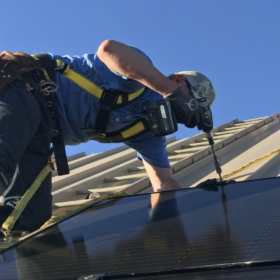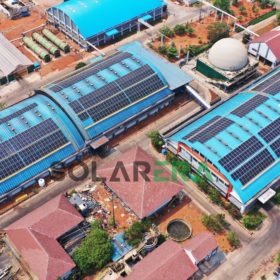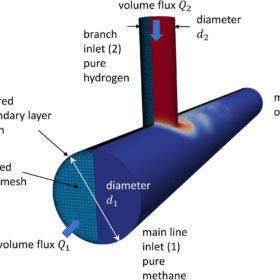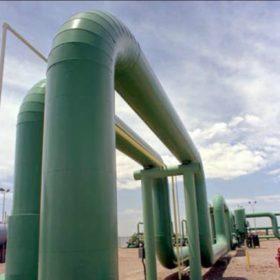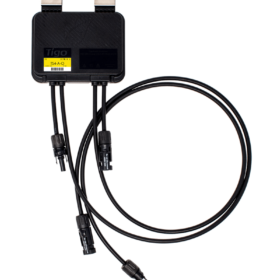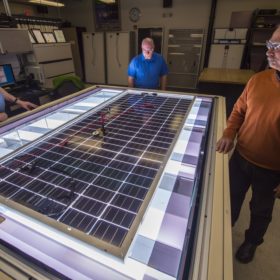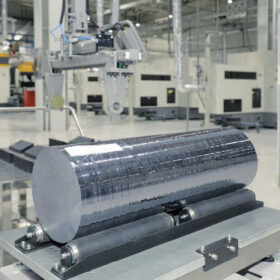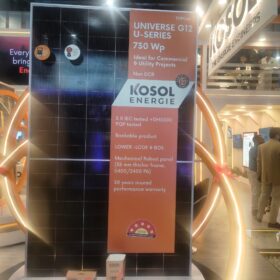Metal roofing for solar PV
Metal roofing has become a driver for roof type selection in many cases because not only is a metal/solar roof system less expensive upfront than other roof system combinations, but it also leads to improvements in the lifetime return on investment of the system.
Cleantech Solar to commission 18.7 MW captive PV plant for Saint-Gobain India
Cleantech Solar will develop the PV plant at its solar park in Tamil Nadu and supply clean power to Saint-Gobain India’s manufacturing facilities.
EV sales to grow at slower-than-expected pace
Sales growth in India’s electric vehicle market will moderate to 75% per year over the next three years, as supply constraints drive up prices of key raw materials for batteries.
Amended Energy Conservation Bill to drive renewables adoption
The amended Energy Conservation Bill sets a minimum usage clause for non-fossil fuel by high carbon-emitting sectors such as power, transport, industry, and buildings. It also includes provisions to incentivize decarbonization efforts by allowing carbon trading.
Traditional hydrogen blending could damage gas pipelines, say researchers
UK researchers have revealed that gaseous hydrogen could cause problems in natural gas pipelines, while electrolyzer manufacturer Nel has announced plans to build a second production line in Norway.
Hygenco, Jindal Stainless sign India’s first long-term green hydrogen offtake agreement
Hygenco will build, own and operate a multi-megawatt green hydrogen facility for the long-term supply to Jindal Stainless Ltd, one of the largest stainless-steel conglomerates globally.
NTPC’s 56 MW Kawas solar project now fully operational
NTPC has switched on its third solar project this month, following the completion of the 296 MW Fatehgarh and 250 MW Kolyat PV parks in Rajasthan.
Deepak Thakur joins Mahindra Susten as CEO
Deepak Thakur, the former chief of Sterling and Wilson’s hybrid and energy storage business, has joined Mahindra Group’s cleantech arm Mahindra Susten.
Huge opportunity for module-level power electronics
A new report form analysts at IHS Markit notes that the market for module-level power electronics (MLPE) grew by 33% between 2019 and 2021, with around one-third of new residential solar installations now taking advantage of MLPE’s promise of improved safety, energy yield and fault detection. And with smaller, distributed generation systems expected to represent 43% of global PV installations between now and 2025, the opportunity for MLPE will only get larger.
Monitoring degradation for 13 module types
In a study that began in 2016, US scientists purchased 834 PV modules, representing seven manufacturers and 13 module types, and installed them in various climate conditions to observe their performance over time. The results show that, while plenty of opportunities still exist to extend module lifetimes and reduce performance loss in the field, reductions in the manufacturing cost of PV have not come with an increase in their degradation rate.
